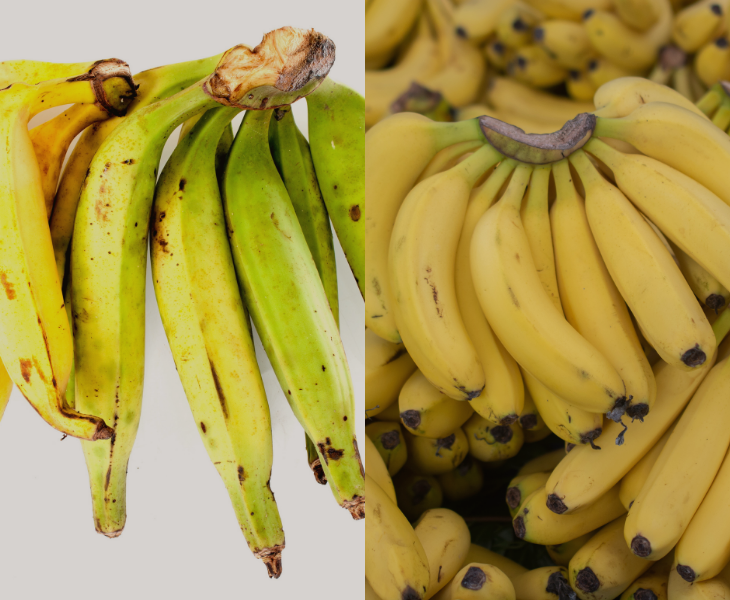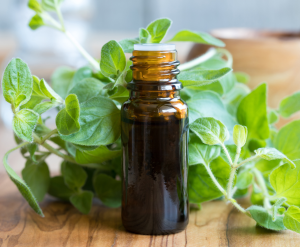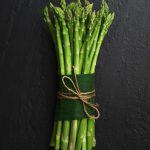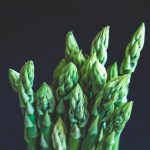Many people mistake plantains for bananas due to their similar appearance. However, when comparing plantain vs banana, it becomes clear that these two fruits have distinct differences in taste, nutrition, and usage. Whether you’re a health-conscious eater or a cooking enthusiast, understanding the differences in plantain vs banana can help you make the best choice for your meals and recipes.
Plantain vs Banana: What is the Difference?
1. Plantain vs Banana: Appearance and Texture
At first glance, plantains and bananas look alike, but plantains are generally larger, thicker, and have a tougher skin. Their peel is also more difficult to remove compared to bananas.
2. Plantain vs Banana: Taste and Ripeness Stages
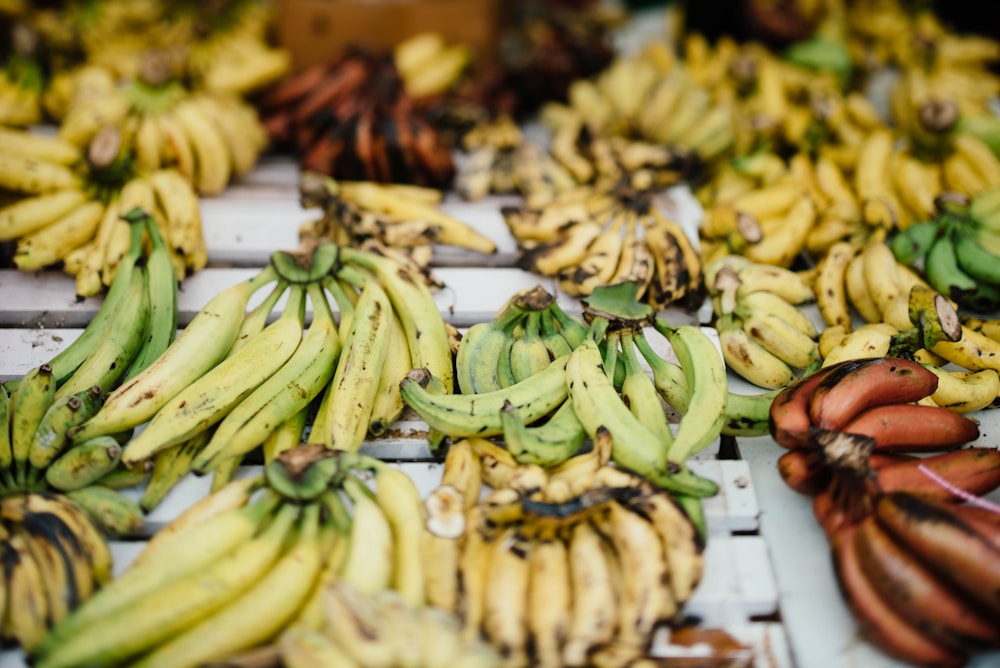
- Bananas are sweet and soft when ripe, making them ideal for raw consumption.
- Plantains are starchy and need to be cooked before eating. They become sweeter as they ripen but still retain a firmer texture.
3. Plantain vs Banana: Nutritional Differences
Plantains and bananas both offer essential nutrients, but their compositions differ slightly:
| Nutrient | Plantain (per 100g) | Banana (per 100g) |
|---|---|---|
| Calories | 122 kcal | 89 kcal |
| Carbohydrates | 31.9g | 22.8g |
| Fiber | 2.3g | 2.6g |
| Potassium | 499mg | 358mg |
| Vitamin C | 18mg | 8.7mg |
4. Plantain vs Banana: Culinary Uses
- Plantains: Used in savory dishes like tostones (fried plantains), mofongo, and plantain chips.
- Bananas: Eaten raw, blended in smoothies, or used in desserts like banana bread.
Health Benefits of Plantain vs Banana
1. Rich in Fiber for Digestion
Both plantains and bananas contain a significant amount of dietary fiber, which plays a crucial role in maintaining a healthy digestive system. Fiber aids in promoting regular bowel movements, preventing constipation, and supporting gut health. A fiber-rich diet can also help in reducing the risk of digestive disorders like irritable bowel syndrome (IBS) and diverticulosis.
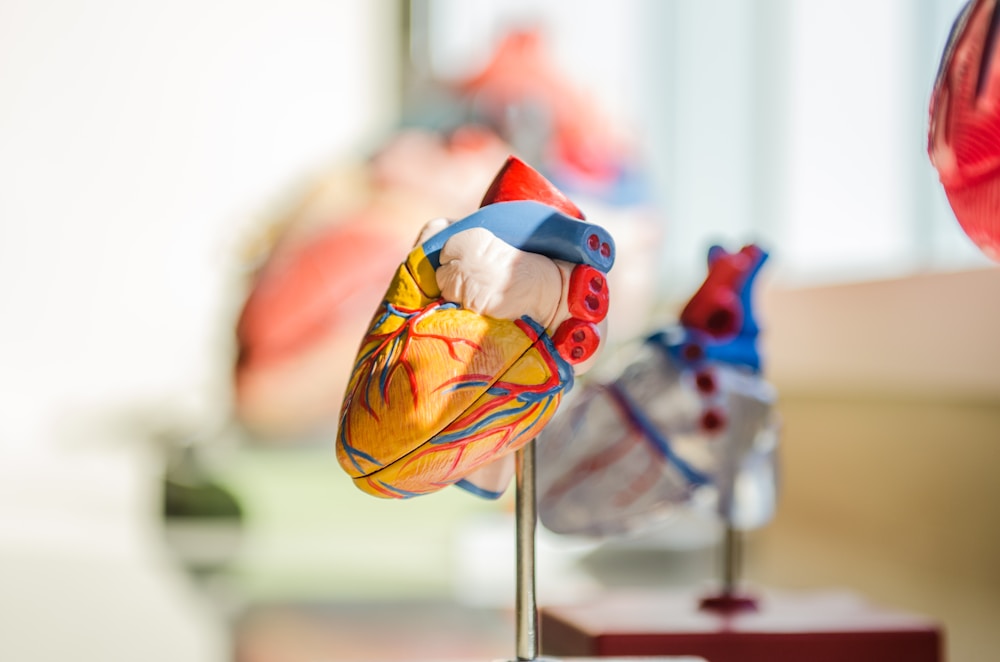
2. High in Potassium for Heart Health
Plantains and bananas are excellent sources of potassium, an essential mineral that helps maintain fluid balance in the body and supports nerve function. Potassium is crucial for heart health, as it helps regulate blood pressure and reduce the risk of cardiovascular diseases. Consuming potassium-rich foods can also help prevent muscle cramps and support overall nerve function.
3. Boosts Energy Levels
Due to their high carbohydrate content, plantains and bananas provide a natural source of energy. The body quickly converts these carbohydrates into glucose, giving an instant boost to energy levels.
This makes them an excellent choice for athletes, fitness enthusiasts, or anyone in need of a quick energy boost before or after a workout. Additionally, their natural sugars provide a sustained release of energy without the crash associated with processed sugars.
4. Supports Immune System
Plantains contain more vitamin C than bananas, making them an excellent choice for boosting the immune system. Vitamin C is an essential antioxidant that helps fight free radicals, reducing oxidative stress and promoting overall health.
It also plays a vital role in collagen production, which supports skin health and wound healing. Regular consumption of vitamin C-rich foods like plantains can help strengthen the body’s defenses against infections and illnesses.
Plantain vs Banana: Which is Healthier?
Both fruits have their benefits. If you need more fiber and vitamin C, plantains are a better option. If you prefer a lower-calorie fruit with a sweeter taste, bananas are ideal.
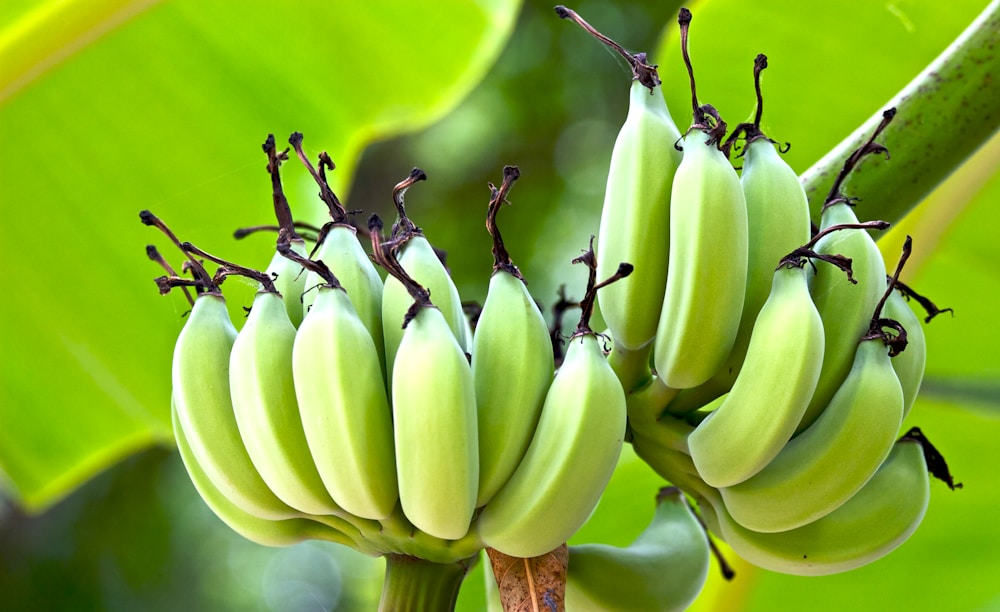
How to Cook and Eat Plantains
1. Cooking Methods
- Boiling: Softens plantains and enhances their natural sweetness.
- Frying: Creates crispy plantain chips or tostones.
- Baking: A healthier alternative that brings out plantains’ rich flavor.
2. Recipes to Try
- Fried Sweet Plantains: Sliced ripe plantains fried until golden brown.
- Plantain Porridge: A warm, comforting breakfast option.
- Baked Plantain Chips: A crunchy, guilt-free snack.
Frequently Asked Questions
1. Can You Eat Plantains Raw?
No, plantains are best eaten cooked because of their high starch content.
2. Are Plantains Good for Weight Loss?
Yes, they contain fiber, which promotes satiety and aids digestion.
3. What’s the Best Substitute for Plantains?
Sweet potatoes or yams can work as substitutes in certain dishes.
Final Thoughts
Whether you choose plantains or bananas depends on your taste preferences and nutritional needs. Both fruits offer unique health benefits and versatile culinary uses. Try incorporating them into your diet for a delicious and nutritious boost!
Call to Action
Have you tried plantains before? Let us know your favorite way to prepare them in the comments! Also, check out these authoritative sources for more insights on plantain vs banana.
Disclaimer: This content is for informational purposes only and should not be considered medical advice. Always consult a healthcare professional before making dietary changes.

